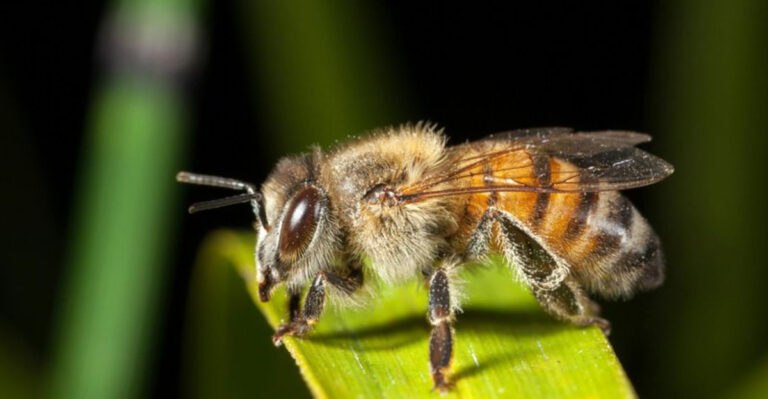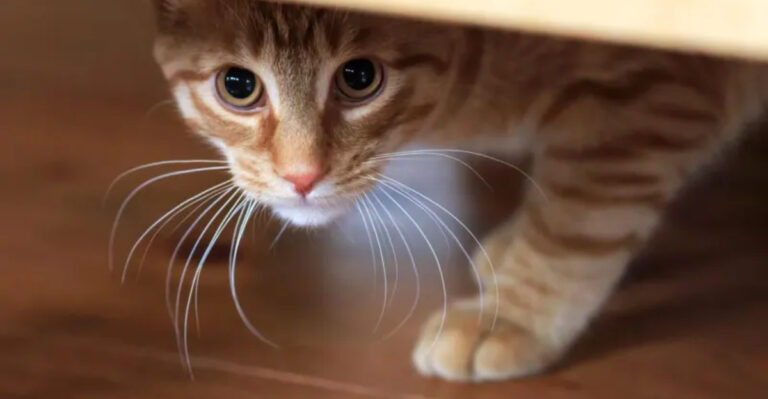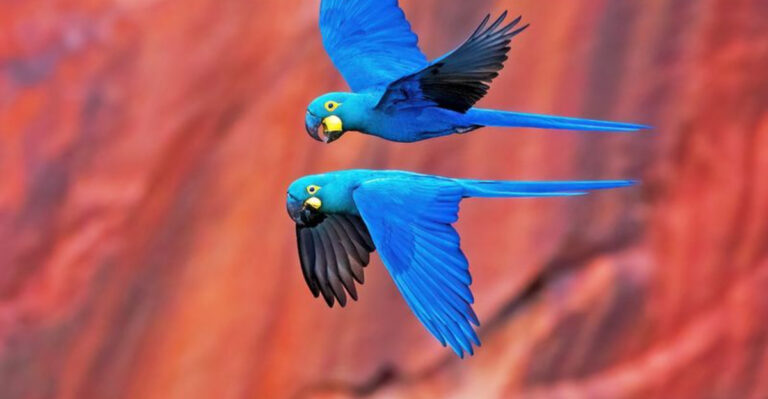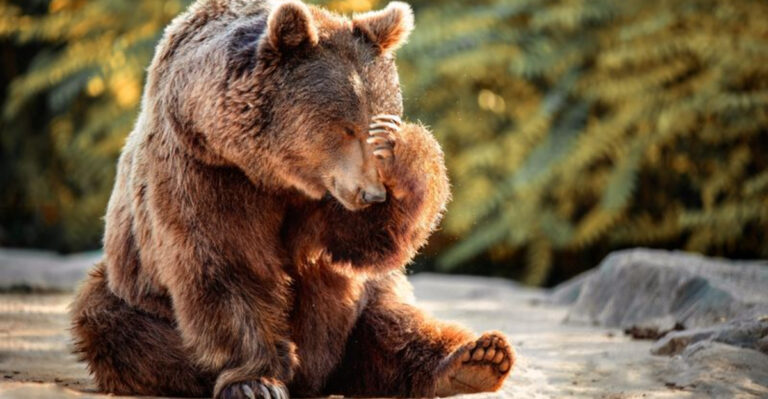Only 8 Left: 10 Challenges Facing The Extremely Endangered Vaquita And What It Means For Their Future
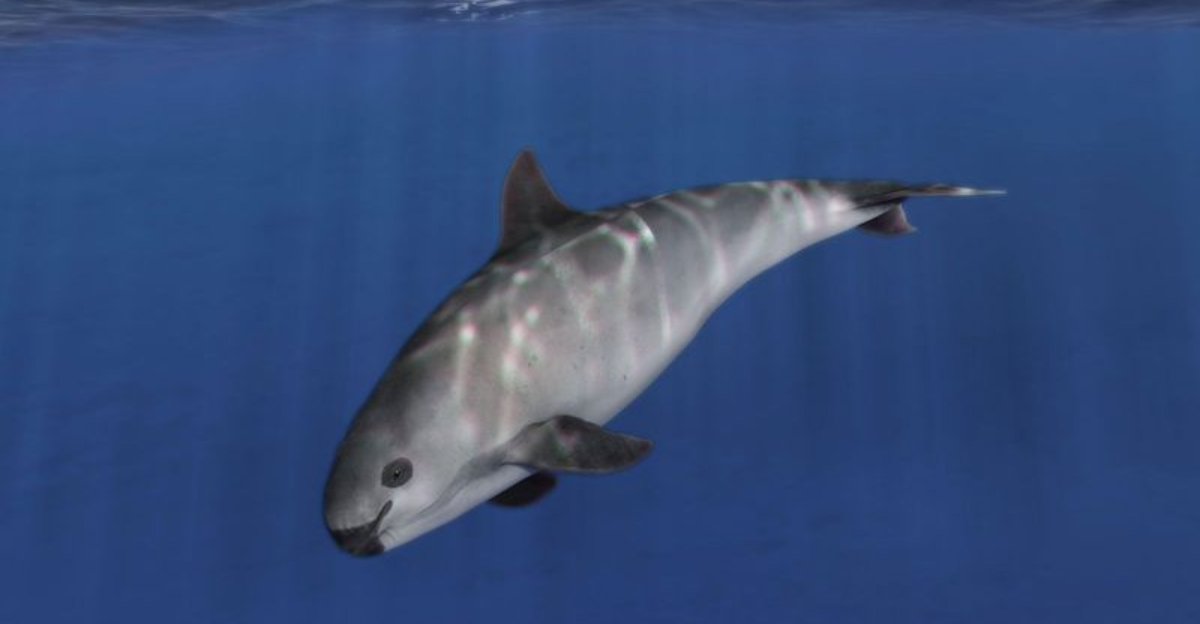
In the shimmering waters of the Gulf of California, a petite porpoise, known as the vaquita, teeters on the brink of extinction. As one of the world’s rarest marine mammals, the vaquita faces a plethora of challenges that threaten its very existence.
This list goes into the critical challenges that stand between the vaquita and a hopeful future, exploring each with a blend of insight, humor, and a dash of optimism.
1. Illegal Fishing Practices
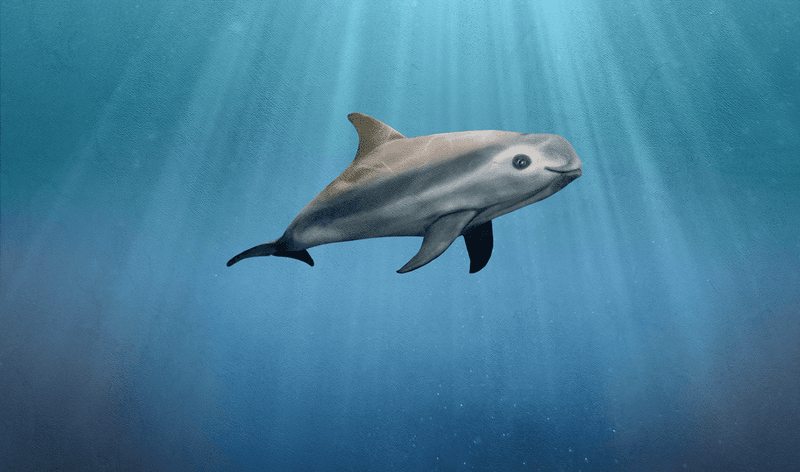
Illegal fishing practices have cast a dark shadow over the vaquita’s serene existence. One of the gravest threats is the use of gillnets, primarily intended for catching totoaba, a fish whose swim bladder fetches a fortune on the black market. Unfortunately, these nets are also notorious for ensnaring vaquitas, leading to fatal consequences.
Efforts to curb illegal fishing have been met with mixed success. Despite regulations and bans, enforcement remains a formidable challenge due to limited resources and the persistent lure of high profits. Fishermen often find themselves caught between the need to earn a living and the devastating impact of their practices on marine life.
Addressing illegal fishing requires a multi-faceted approach. Increasing patrols, providing alternative livelihoods for fishermen, and raising global awareness are crucial steps. By reducing the demand for totoaba, we can also diminish the threat looming over the vaquita. Together, these efforts could potentially untangle the web of illegal fishing practices.
2. Habitat Destruction
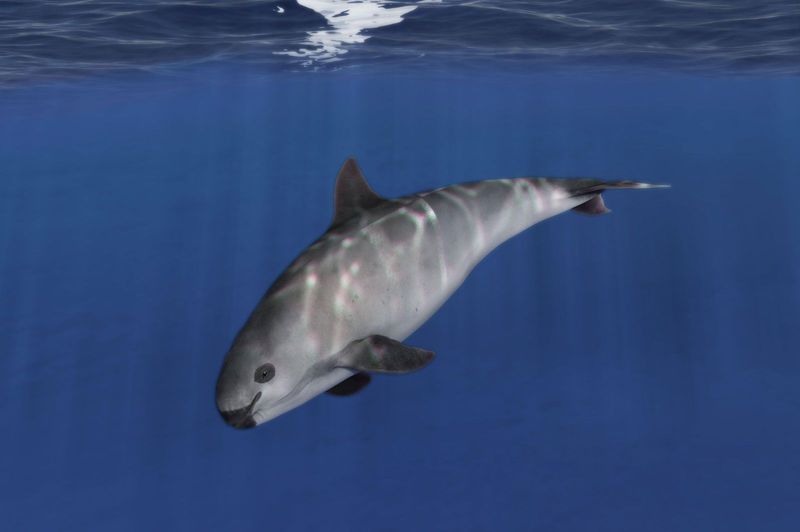
The Gulf of California, once a thriving marine paradise, is now witnessing the slow erosion of its underwater ecosystem. Habitat destruction poses a significant challenge for the vaquita, whose survival hinges on a healthy environment. Pollution, coastal development, and human activities have taken a toll on this once-pristine habitat.
Pollution, especially from agricultural runoff, introduces harmful chemicals into the water, affecting the delicate balance of marine life. Additionally, coastal development disrupts the natural landscape, further pushing the vaquita into a shrinking corner of its habitat. Every new construction project chips away at their living space, leaving the porpoises with fewer places to call home.
Efforts to protect vaquita habitats must focus on reducing pollution and enforcing stricter regulations on coastal development. By preserving their environment, we create a sanctuary where these elusive creatures can thrive. It’s a challenge that demands collective action, reminding us that the health of our oceans is intrinsically tied to the vaquita’s fate.
3. Climate Change
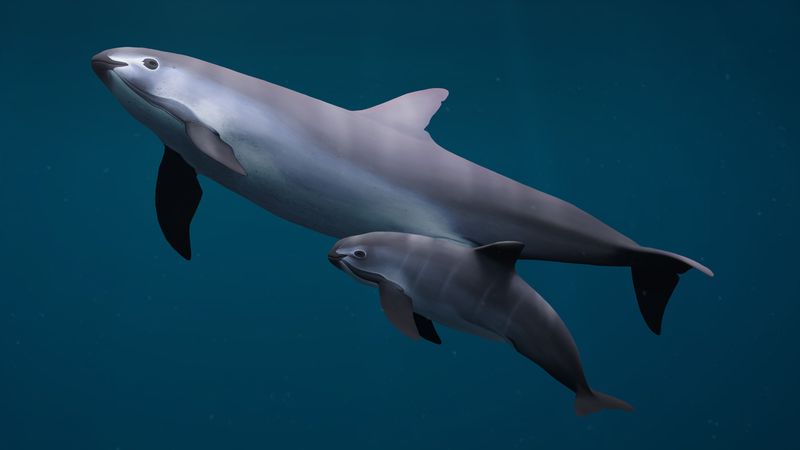
Climate change is an undeniable force reshaping the world, and the vaquita is not immune to its effects. As temperatures rise, the waters of the Gulf of California warm, altering the delicate balance that the vaquita relies upon. This change in water temperature affects the availability of food sources, making survival even more precarious for these small porpoises.
Additionally, climate change contributes to unpredictable weather patterns, further impacting the marine ecosystem. Storms and changing ocean currents disrupt the natural order, creating an environment that is increasingly hostile to vaquitas. Their ability to adapt quickly is hampered by the rapid pace of climate change.
Mitigating the impact of climate change requires global cooperation. Reducing greenhouse gas emissions and investing in sustainable practices are essential steps. By tackling the root causes of climate change, we create a more stable environment for the vaquita and countless other species that call our oceans home. It’s a challenge that calls for immediate and concerted action.
4. Limited Genetic Diversity
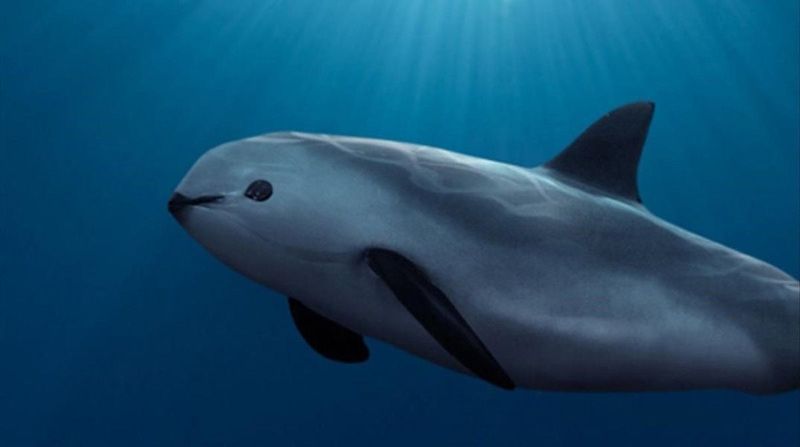
The vaquita population is not just small; it’s genetically limited, presenting a unique set of challenges for conservationists. With fewer than 10 individuals believed to exist, the genetic pool is alarmingly shallow. This limited genetic diversity poses a threat to their resilience, making them more susceptible to disease and genetic anomalies.
The small population size also means that breeding opportunities are scarce, further exacerbating the issue. Each individual plays a crucial role in the survival of the species, but the lack of genetic variation limits their adaptability to environmental changes.
Conservationists are exploring innovative solutions to address this challenge. Techniques such as selective breeding and genetic rescue are being considered, though they come with their own set of ethical and practical dilemmas. Protecting the remaining vaquitas and expanding their population is paramount. By nurturing a genetically diverse population, we can improve their chances of survival in an ever-changing world.
5. Bycatch In Legal Fisheries
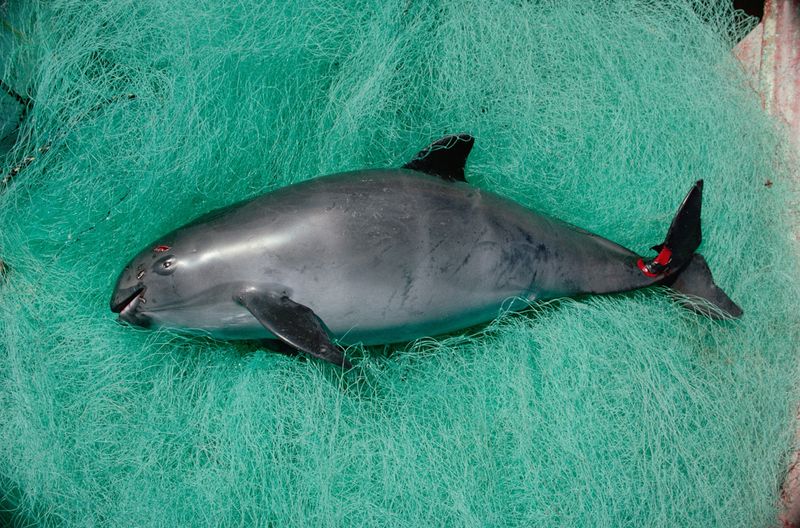
Bycatch is not just a problem for illegal fisheries; it also affects legal ones, posing a significant threat to the vaquita. Despite being unintended victims, vaquitas often find themselves caught in nets meant for other marine species, leading to unintended casualties.
Legal fisheries, while regulated, still face challenges in preventing bycatch. Nets and fishing methods, even those designed with care, can inadvertently ensnare vaquitas. This highlights the complexity of balancing legal fishing operations with the need to protect vulnerable species.
Innovative solutions are essential to address this issue. Developing vaquita-friendly fishing gear and implementing stricter monitoring of legal fisheries can help reduce bycatch. Collaboration between the fishing industry and conservationists is vital to ensure sustainable practices. By minimizing bycatch, we can take significant steps toward securing a safer future for the vaquita, proving that coexistence is indeed possible.
6. Lack Of Awareness And Education
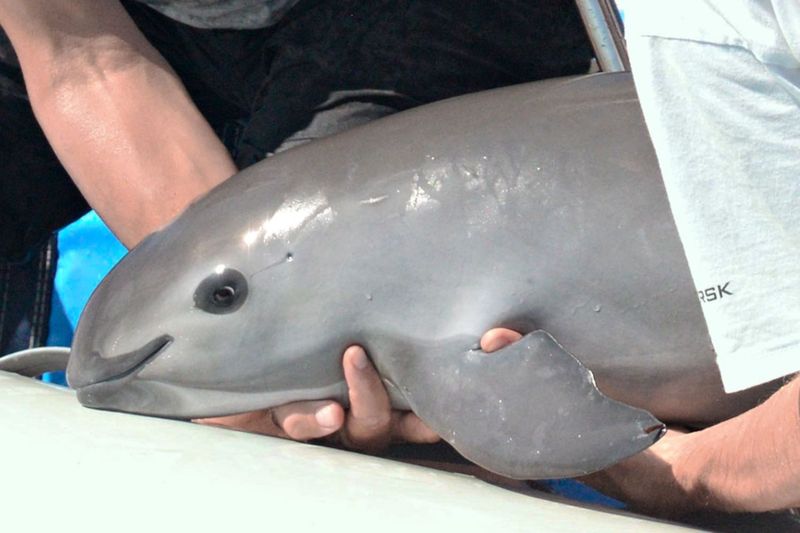
Awareness and education have the power to transform the fate of the vaquita. Unfortunately, many people are still unaware of this elusive porpoise and the challenges it faces. The lack of awareness is a formidable barrier to conservation efforts, as public support is crucial for driving change.
Educational initiatives play a vital role in bridging this gap. By informing communities, schools, and policymakers about the vaquita’s plight, we can inspire collective action. Knowledge is a powerful tool, and understanding the importance of protecting this species is the first step towards meaningful change.
Moreover, innovative campaigns and outreach programs can captivate hearts and minds. By sharing the vaquita’s story through creative mediums, such as documentaries and social media, we can amplify their voice. Together, we have the potential to build a global community that rallies behind the vaquita, ensuring that this remarkable species does not fade into oblivion unnoticed.
7. Pollution
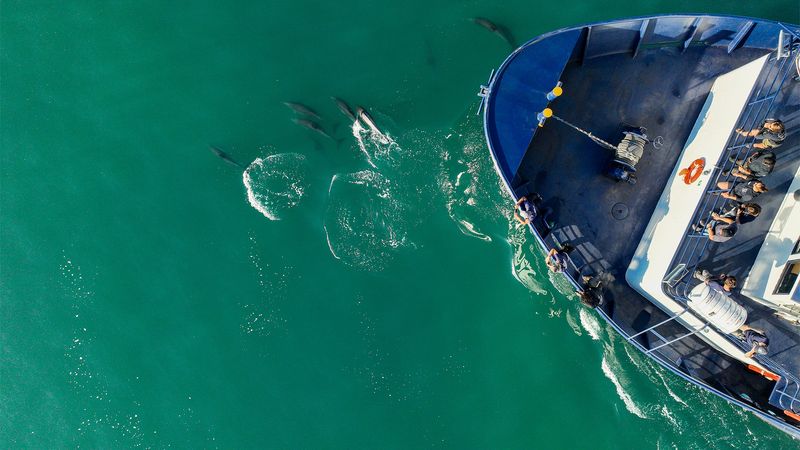
Pollution is a pervasive threat that casts a long shadow over the vaquita’s habitat. The waters of the Gulf of California, once pristine, are now tainted by various pollutants, ranging from plastics to chemical runoff. This pollution disrupts the delicate balance of the marine ecosystem that the vaquita depends on.
Marine debris, particularly plastics, poses a direct threat to these small porpoises. Ingesting or becoming entangled in plastic waste can have fatal consequences. Additionally, chemical pollutants from agriculture and industry introduce harmful toxins into their environment, impacting their health and reproductive success.
Combating pollution requires concerted efforts at multiple levels. Reducing plastic waste, implementing stricter regulations on industrial discharges, and promoting clean-up initiatives are vital steps. By addressing pollution, we create a cleaner and safer habitat for the vaquita. It’s a challenge that highlights our responsibility to be stewards of the oceans, ensuring a future where the vaquita can flourish.
8. Limited Funding For Conservation
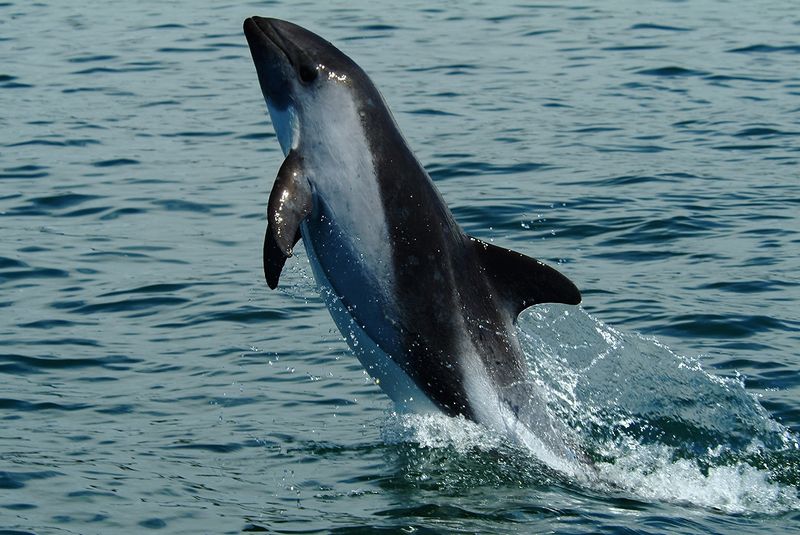
Funding is the lifeblood of conservation efforts, yet for the vaquita, financial resources are often scarce. Limited funding poses a significant challenge, hindering the ability to implement and sustain effective conservation strategies. Every dollar counts in the fight to save this critically endangered species.
The lack of funding affects various aspects of conservation, from research and monitoring to enforcement and education. Without adequate financial support, efforts to protect the vaquita are hampered, leaving conservationists struggling to make meaningful progress.
Raising funds requires creativity and collaboration. Engaging with potential donors, launching fundraising campaigns, and partnering with organizations are crucial steps in securing the financial resources needed.
By highlighting the vaquita’s plight and the urgency of action, we can inspire generosity and commitment from individuals and institutions. Ensuring adequate funding is not just a challenge; it’s a crucial step towards turning the tide for the vaquita’s survival.
9. Natural Predators
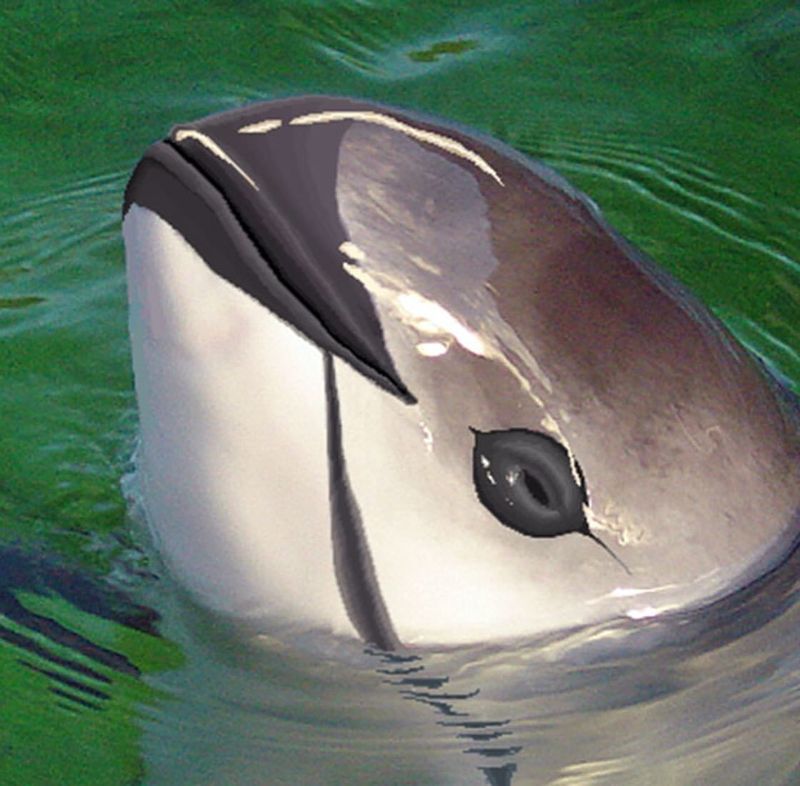
In the intricate web of marine life, predators play a natural role, and the vaquita is not exempt from this reality. Natural predators, such as sharks, pose a challenge to the vaquita’s survival, particularly for young and vulnerable individuals. This predation is a natural aspect of the ecosystem but adds another layer of complexity to conservation efforts.
While predation is a natural occurrence, the vaquita’s critically low population heightens the impact of each loss. Every individual vaquita is precious, and the loss to predation can have significant repercussions on their recovery prospects.
Understanding predator-prey dynamics is essential for crafting effective conservation strategies. Protecting critical habitats and ensuring a balanced ecosystem can help mitigate the impact of predation. It’s a challenge that underscores the importance of maintaining healthy and resilient marine environments, where species can coexist and thrive in equilibrium.
10. Disease
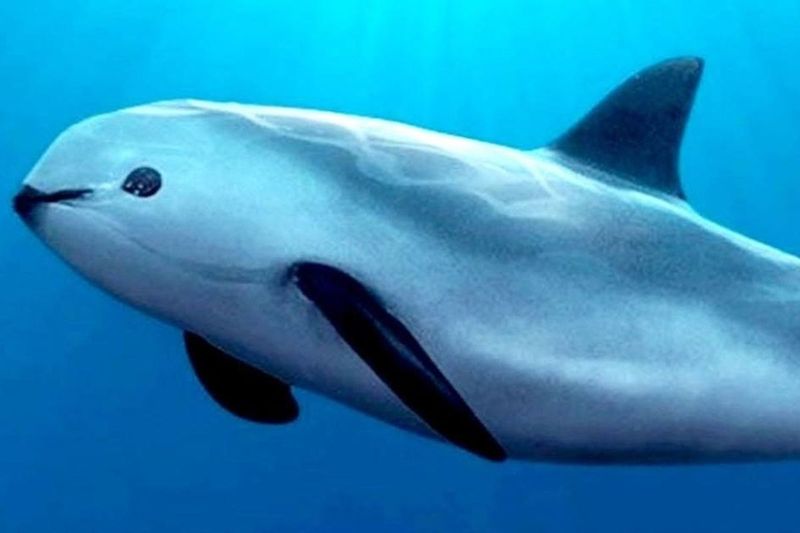
Disease is an ever-present threat that looms over the vaquita’s fragile population. With such limited numbers, the spread of disease can have devastating consequences, posing a significant challenge to their survival. Understanding and mitigating the impact of disease is crucial for the vaquita’s future.
Marine diseases can spread rapidly, affecting the health and reproductive success of vaquitas. Their limited genetic diversity further exacerbates their vulnerability to disease outbreaks, as they may lack the resilience needed to fend off infections.
Monitoring the health of the vaquita population and researching potential disease threats are critical components of conservation efforts.
Early detection and intervention can prevent catastrophic losses. By ensuring a healthy population, we bolster their ability to withstand the challenges of their environment. It’s a challenge that calls for vigilance and proactive measures, safeguarding the vaquita’s health and paving the way for a more secure future.



